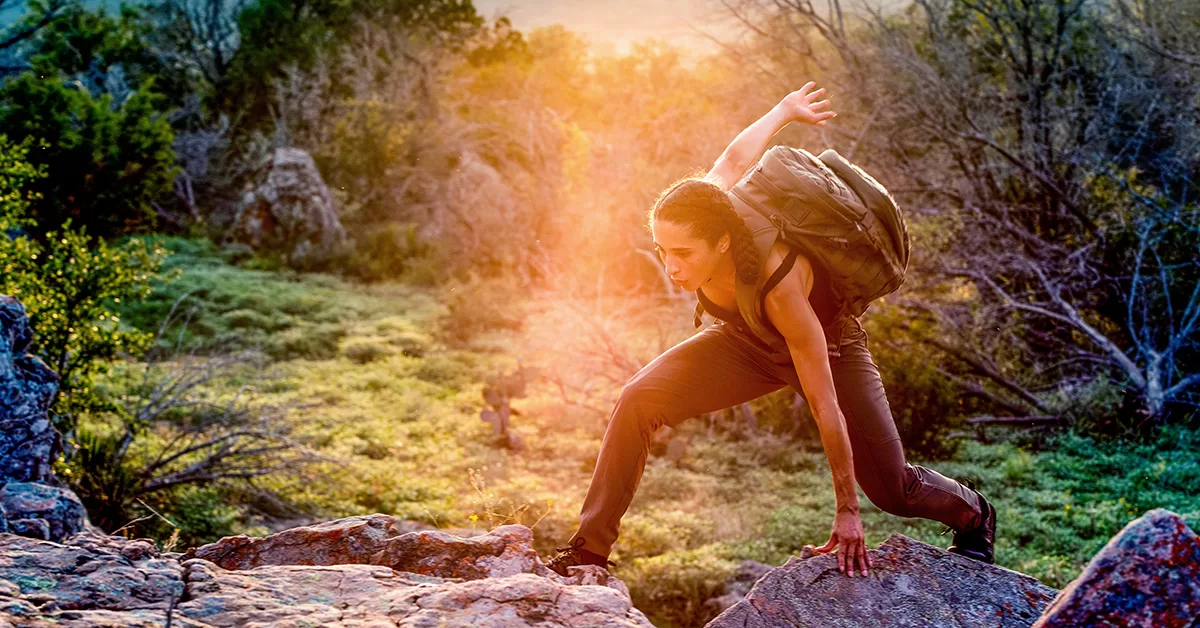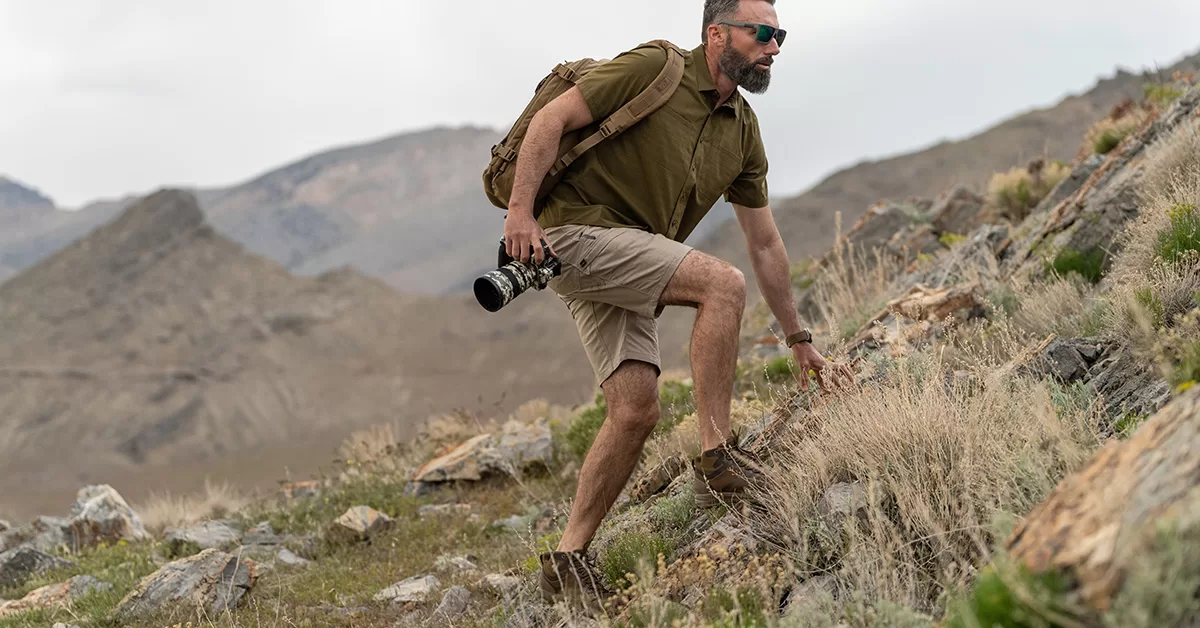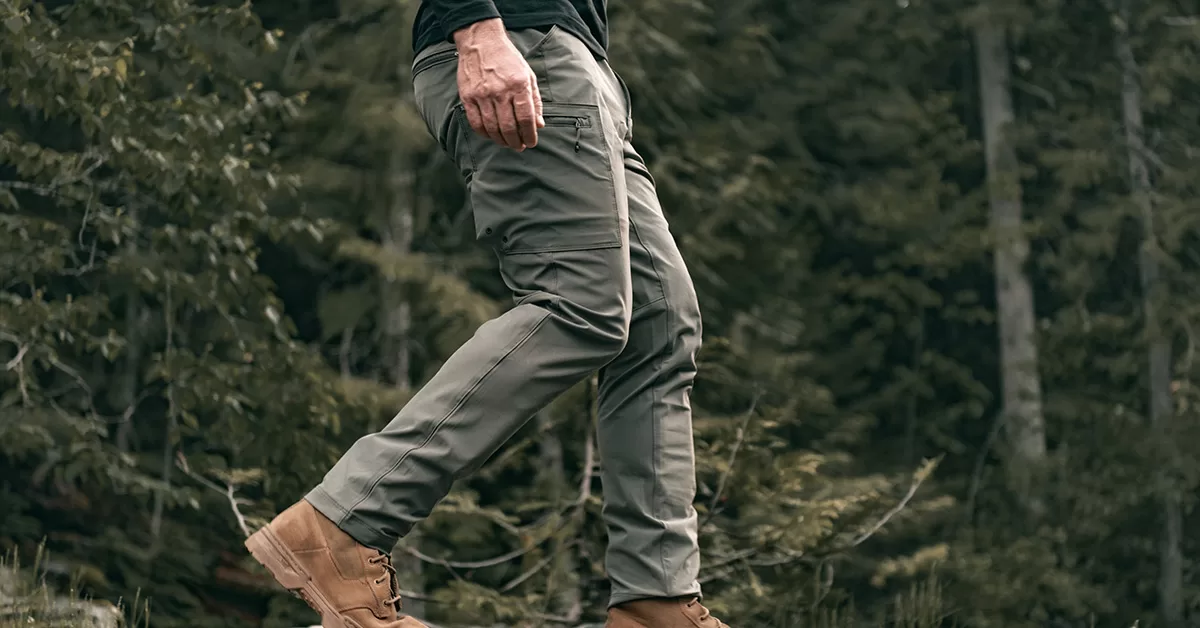Winter Backcountry Camping Checklist
Camping recalls a feeling of nostalgia. Sleeping bags and s’mores, campfires and ghost stories, and hitting the trail down to the lake to go swimming with friends. Summertime at its best. But what about heading out into the woods and setting up camp in the winter when snow covers the ground and the lakes are frozen over?
If you haven’t tried it out already, maybe this is the year you do. Yes, winter camping can be cold and challenging, but it also boasts significant advantages as well. Less crowds. Probably even none. Less bugs to deal with. And winter offers some of the most peaceful and pristine landscapes imaginable. The majesty of a winter wonderland is all yours.
If you do decide to go backcountry camping in the winter, there are some differences between it and summer camping that you should keep in mind. We’ll talk about some of those later. But first let’s create a winter camping essentials checklist to help you navigate not only the challenges, but the fun that awaits as you set out on your adventure.
Snow Travel and Day Gear
The first difference you will likely notice between warm-weather camping and winter camping is in the way you get to your camping spot. Depending on your location and the conditions, you may need more than just boots to get where you are going. Snowshoes or skis may be a viable option for deeper treks into the wilderness. Ski or trekking poles, even without skis, can make the hike easier.
You may know your camping location very well if it is someplace you have been before or near where you live. However, you always want to carry a compass and map with you. GPS is an outstanding idea as well but remember that it is not a substitute for a map and compass. If you are venturing even deeper into the woods, you may want to consider taking a personal locator beacon.
Overnight Gear
Shelter is paramount when camping in the winter. You want a sturdy tent, preferably one designated with four-season versatility. You will also need tent stakes to hold down the tent. Invest in a cold-weather sleeping bag, as well as a well-insulated sleeping pad to provide extra warmth at night.
Here is an experienced tip for you – fill hard, plastic bottles with hot water and sleep with them at night. They provide hours of warmth, even when the temperature plummets. Tuck one between your legs so that it rests against your femoral artery.
Water and Food
Your body burns more calories when it is cold, even just at rest. This is because it is doing everything it can to stay warm by using energy. That is why it is important to make sure you are consuming plenty of calories and food when camping in the winter. In fact, if you have ever wanted permission to eat a lot (and who amongst us hasn’t?) then this is your time to shine. Pack plenty of food for both meals and snacks, including jerky, trail mix and nuts, and energy bars.
To help you stay warm, hot drinks and soups are a great choice. Easy-to-pack options include soup mixes, hot cocoa, and tea. Bottled water is your best option, but you can also melt snow in a pot for drinking or cooking.
Dehydrated camping meals are a popular, albeit usually bland choice for meals. But because you are camping in cold weather, consider boil-in-the-bag frozen meals like hearty stews and soups.
Finally, make sure you pack the food you bring in animal-resistant food containers to avoid attracting unwanted camp visitors.
Your Camp Kitchen
A camp kitchen can be as simple or extravagant as you want. A stove, fuel, and fire starter are needed for cooking meals. Some people travel with everything they need for a comfortable meal, including cooking pans and pots, while others carry just the basics. Unless you are really going back to your caveman roots, eating utensils is a good idea. Your hot beverages will stay hot longer if you pack insulated mugs and cups. Don’t forget to bring something to clean your cooking and eating utensils with. A scrubber or sponge and biodegradable soap should work well.
Clothing and Footwear
The time-tested strategy of dressing in layers really comes into play when camping in the winter. You are likely to face cold temperatures, especially at night when the sun goes down. However, as you perform the various camp chores throughout the day, you may find yourself getting too hot. Dressing in layers allows you to add or remove a layer as needed.
Because winter weather can be so unpredictable, check the forecast close to when you leave to make sure you are prepared for the conditions. Pack a warm, winter hat, gloves or mittens, and winter boots. Synthetic or wool socks are your best bet. They help keep your feet warm and dry, unlike cotton socks which soak up any moisture, including sweat, making your feet cold and wet.
Moisture-wicking clothing is usually thought of for outdoor summer activities when the temperature is hot and you want to wick away moisture and stay cool. But that same moisture-wicking capability is perfect for wicking away sweat and other moisture in the winter so you stay dry and warm.
Your layers should include moisture-wicking long underwear, insulated or fleece pants, long-sleeve shirts, and a well-insulated winter coat. Consider a gaiter or balaclava to help keep your head, face, and neck warm as well.
Winter Camping Checklist – Everything Else
Now that we have talked about the winter camping essentials, here are a few more items to consider for your next winter camping excursion.
- First Aid Kit
- Whistle
- Headlamps
- Two-way radios
- Binoculars
- Sun Protection
- Multitool and/or knife
- Personal items, including ID, campsite permit and trail pass if required, and cash
This list is far from complete but gives you a good idea of the types of items to consider when creating your own checklist.
Winter Camping Tips
Before venturing out into the cold, winter tundra, it is a smart idea to familiarize yourself with frostbite and hypothermia. Learn what they are, how to prevent them, how to recognize them, and what to do if you suspect you or someone else may have them.
The cold can adversely affect batteries and electronic devices. The best option for batteries is lithium ion. They offer better performance in winter weather. Try to keep your battery-powered devices close to your body to keep them warm and functioning.
When making camp in the snow, find a well-sheltered spot from the wind. Pack down the snow before pitching your tent. If you are camping near mountains, make sure you pick a site that is free of avalanche danger.
Follow this checklist and these tips and enjoy the amazing experience of cold-weather, winter camping this year and many more to come.





